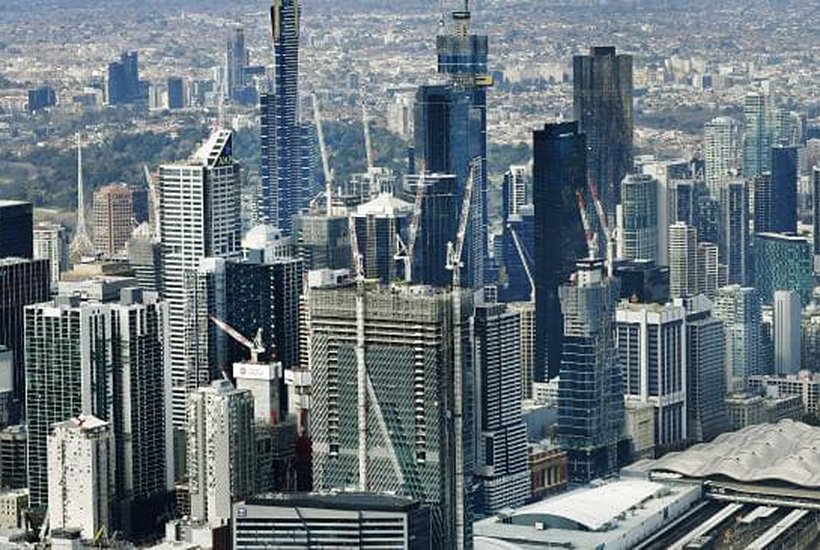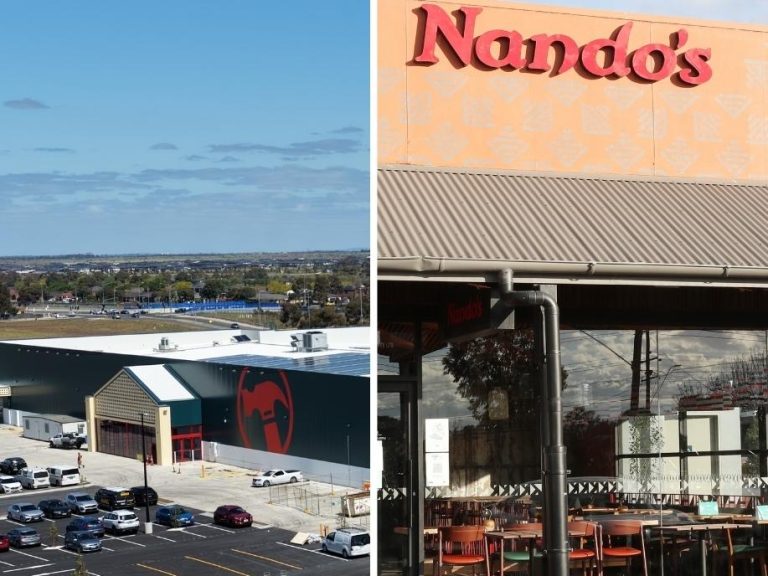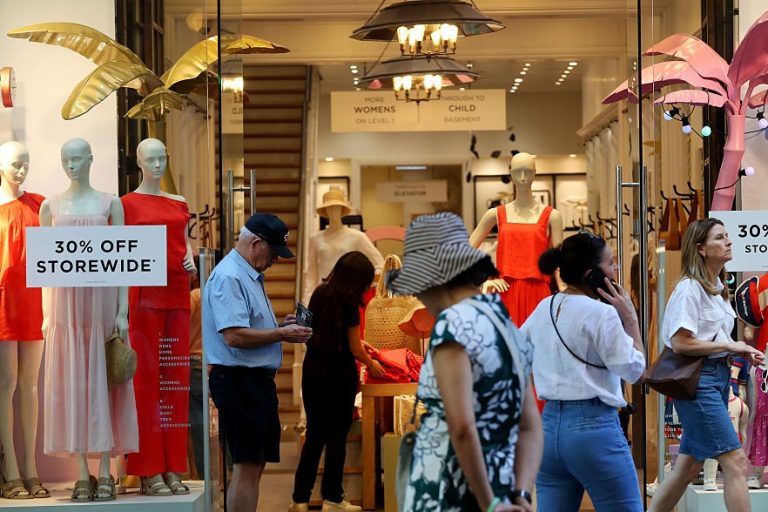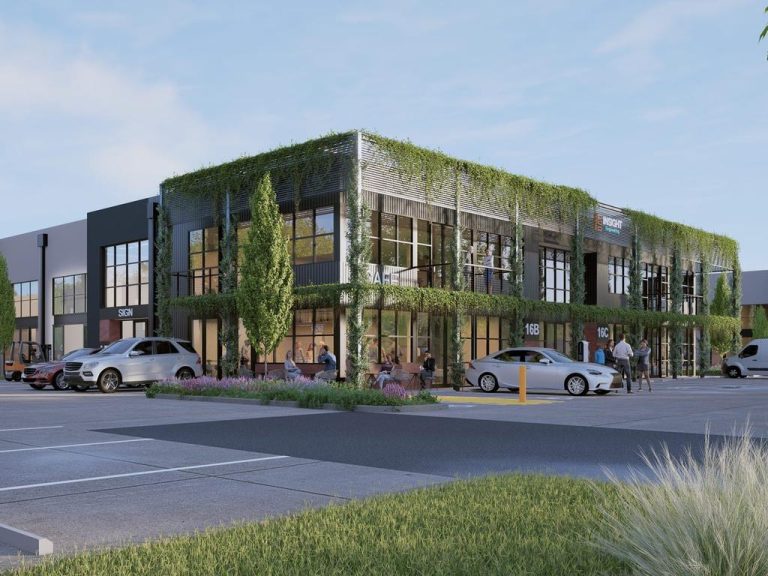Job concerns no concern for office vacancies

National office vacancy rates shrank one percentage point last financial year, despite a short-term softening in business confidence becoming a concern, a report from JLL has shown.
Market confidence has been rocked by job cuts at Deutsche Bank, Coles, Telstra and Commonwealth Bank, and industry sources say conditions for leasing remain tough as the economy slows.
But trends remain positive. Over the past financial year, 234,800sqm of office space was absorbed as the national vacancy rate fell to 8.3%.
Commercial Insights: Subscribe to receive the latest news and updates
Even though many markets are benefiting from two Reserve Bank rate cuts over the past two months, greater economic concerns may put growth at risk, JLL’s head of research, Australia, Andrew Ballantyne warns.
“The short-term outlook for the Australian economy has softened over the past six months. Business confidence is fragile and we expect some organisations will adopt a more cautious approach to headcount growth over the 2019-20 financial year,” he says. “A moderation in leasing activity is expected to be short-lived with global equity markets responding positively to recent discussions on the US-China trade war and the RBA easing monetary policy to stimulate the domestic economy.”
Sub-leasing within the Sydney CBD — a bellwether for the health of the finance sector — also became more prevalent in the second quarter of 2019
JLL head of leasing, Australia, Tim O’Connor says the rising trend is caused by several factors.
While Sydney CBD sub-lease availability has risen to 0.7%, it remains below the long-term average of 1% of total stock. Sydney’s vacancy rate still remains a tight 4.1%, well below the 25-year average of 8.3%.
Melbourne kept its mantle as the tightest market for space as availability reached 30-year lows. The CBD recorded 93,700sq m of net absorption over the 2018-19 financial year, with vacancies at 3.8%.
Employment growth in Queensland drove heavy leasing inquiry in the Brisbane CBD last financial year, easing the vacancy rate from 14.4% this time last year to 11%. The trend marks a recovery point in the office market, which is likely to see incentives start to disappear as prime grade space becomes increasingly scarce.
A rise in commodity prices and an expansion of the defence sector in South Australia has also driven a rise in sentiment in Perth and Adelaide.
Perth has the greatest level of vacancy rates at 20.4% in the second quarter of 2019. Adelaide vacancies remained at 14% last quarter.
This article originally appeared on www.theaustralian.com.au/property.







